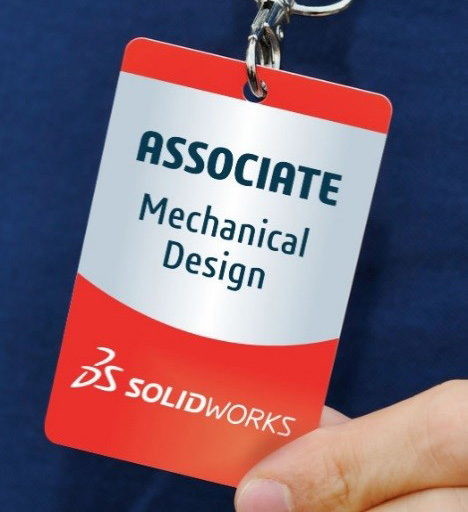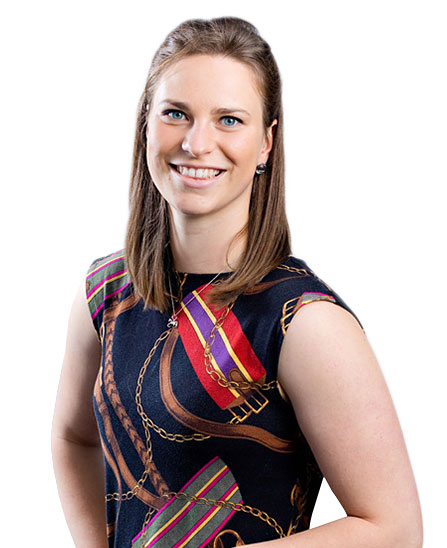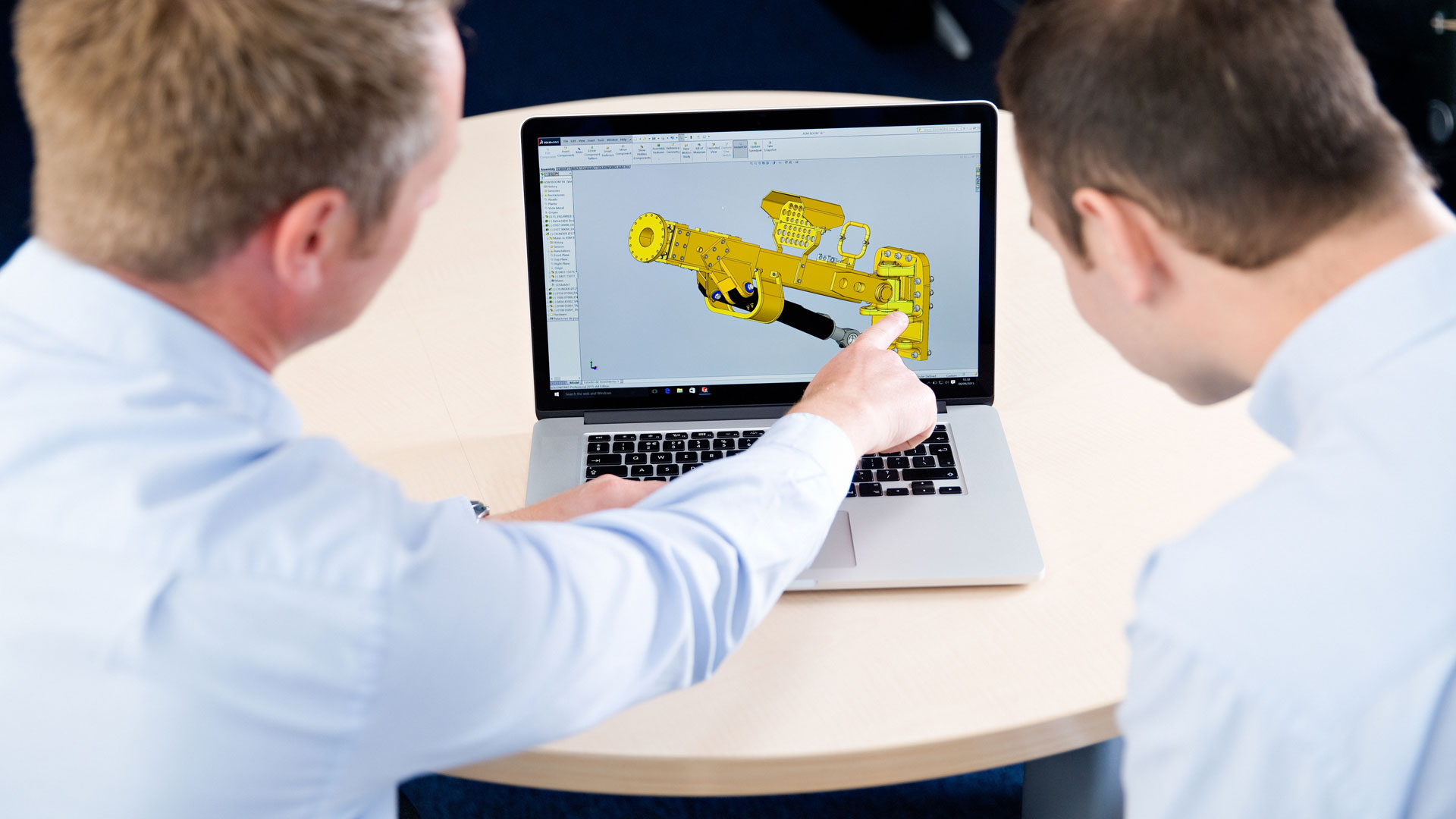I’m Chloe Solomou
I have just completed my second year studying Mechanical Engineering at Swansea University. I am currently undertaking a 12-week summer placement at Innova Systems, a leading provider of SOLIDWORKS software in the UK.
My course has given me an opportunity to use SOLIDWORKS as a design tool, learning from tutorials, YouTube videos and using trial and error of varying different modelling techniques. During my gap year, I also had a basic introduction into the modelling with SOLIDWORKS whilst working in Industry.
These experiences showed me that SOLIDWORKS is a very capable design tool. To make sure my skill in the software is as good as it can be, I applied to Innova Systems, knowing that it would be a great place to develop my skills in using SOLIDWORKS. I will be writing a weekly blog to chart my learning progress in the software.
When you buy SOLIDWORKS or start learning how to use the software there are numerous tutorials available within it and many instructor-led courses you can take from resellers like Innova Systems.
My first day as an intern at Innova Systems
My first task was to follow the foundation course called ‘SOLIDWORKS Essentials’ and identify the gaps in my knowledge. Most users of the SOLIDWORKS have only ever taken the Essentials course and generally don’t go any further – so it serves as a good base for the foundation of learning within the software.
As I hadn’t had any formal training in the software before, I found that I picked up a lot of knowledge and tips in various areas; an example of this includes fully defining sketches. When a sketch is under-defined it can still be used to create a feature, but the model can be affected from dragging the blue parts of the sketch – this can be useful to determine the relations that need to be added to fully define the sketch.
When the sketch is over-defined the display/delete existing relations tool can be very useful to see which relationships conflict. During the design, design intent should be considered; this is how the model changes when dimensions are altered. An example to consider is how a hole is dimensioned –the hole can be dimensioned a distance away from the edge or from the centre of the part, as the part length is increased the placement of the hole on the part will vary.
Over three days I went through the SOLIDWORKS Essentials manual and the SOLIDWORKS drawings – ISO booklet (for an introduction into drawing views). These manuals have been extremely useful and provide a pictorial description of each tool and show where the relevant button is situated in the toolbar. Each chapter covers a set area with a step-by-step guide of how to use each tool and the different techniques that can be applied to produce the same outcome for varying preferences
 .
.
Best practice makes perfect
The Innova team have been great at showing me new tricks to speed up modelling techniques and have been extremely useful, offering advice on how to avoid modelling mistakes. The handbook also contains tips reinforcing good modelling practice. Through the chapters there are sample examples with a step-by-step guide. At the end of each chapter there are a number of exercises to practise the new skills learned.

There is no real pass or fail for the course, but SOLIDWORKS has a very active certification program, with many exams that you can take. The Certified SOLIDWORKS Associate (CSWA) exam is the first step on the certification ladder, and tests all the knowledge gained during the essentials course like basic sketches, relations, boss and cut features, patterning, materials and mass properties, simple assemblies (inserting and mating parts) and an introduction into drawing views.
On the afternoon of the third day I took the timed practice exam that is available to review the exam format and the type of examples that are to be expected. Before the exam, I was strongly advised to make use of the equations tool for ease of changing dimensions. I was a bit nervous (even for the sample exam), but doing the sample exam is a great way to familiarise yourself with the format.
The exam is focused on modelling a part from a 2D drawing and then choosing the correct weight from multiple-choice options. Further development of the model is required in the subsequent questions, so it is important to make sure the first stage is correct. This is repeated for a number of parts along the test. After taking the practise exam I spent the rest of the afternoon going through training examples to practise creating models more accurately.
Taking the exam
I took the exam on my fourth day; I had areas which were challenging and had to slow down to check my model and look for areas where I had initially made some mistakes. One tip the guys gave me was that if my answer was not exactly the same as one of the multiple choice options, there was a good chance I had done something wrong!
I made use of the measuring tool in the status bar to see which measurements were not matching the drawings, and then modified my part accordingly. I used the full three hours, but managed to pass with 100% – I may have peaked! I was really pleased with the result, although it was a very challenging test to achieve in the time frame. With a little more time using SOLIDWORKS, and more practice examples, I would have felt a bit more comfortable and may have had a bit more time left over!
The next exam will be CSWP, which is an advancement of the CSWA, including more tools during design, configurations and advancement in assemblies such as collision detection. Taking the CSWA exam will help to solidify and expand my knowledge, improving my confidence using SOLIDWORKS.
I know that the exams are a good measure of my skill in the software – but the CSWA only deals with a small part of the software. I am looking forward to the next stages in my learning, which will involve talking to customers and seeing the variety of ways and range of industries that SOLIDWORKS is used in.
Everyone keeps telling me that the best way to learn is to speak to SOLIDWORKS users, so I will be hoping to get onto this soon!
The 12 week challenge set by the office is to progress from associate to expert… we will see how that goes. They seem to have a little smile when they set the challenge.
You can read week 2 of Chloe’s blog here
Chloe’s SOLIDWORKS tip of the week:
Instead of opening the measurement tool every time you want to check model dimensions, simply select the relevant points and the dimensions and angles are displayed in the status bar at the bottom of the screen.


















